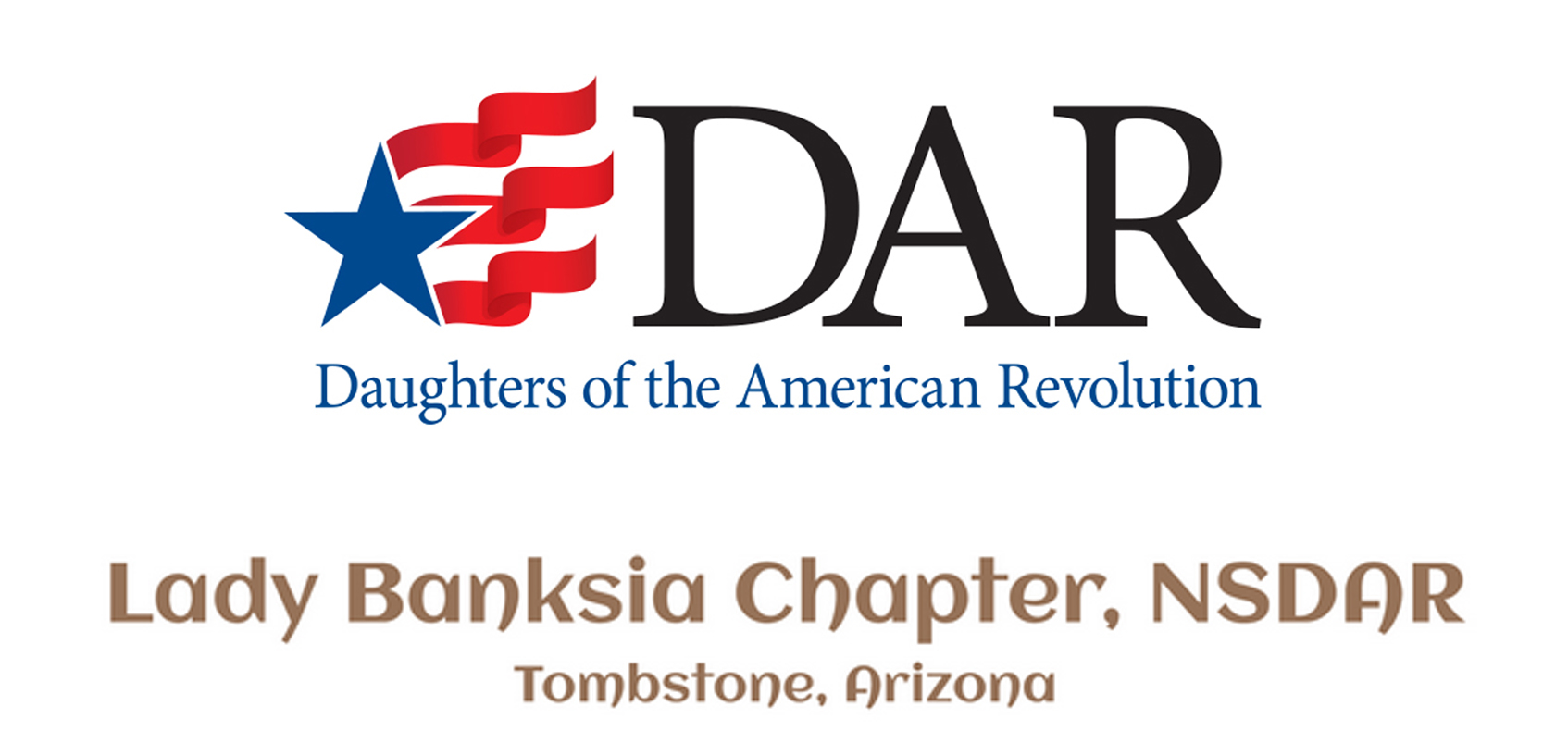The namesake of our chapter, Lady Banksia, came from the White Lady Banksia Rose, known as the world’s largest rose tree in Tombstone, Arizona. The rose was discovered in China by William Kerr in 1807. He brought it to London on behalf of the Royal Horticulture Society and director of the Royal Botanic Gardens in Kew, Sir Joseph Banks. The rose was named after the director’s wife, Lady Banks.
The rose tree was planted in 1885 in Tombstone, Arizona, by Mary Gee, who had arrived from Scotland with her husband Henry Gee, and her friend Amelia Adamson, their landlady when they lived at a boardinghouse-turned-hotel.
After James and Ethel Macia purchased the hotel in 1920, the tree was quite large and had grown over a nearby shed. James tore down the shed and built a trellis system that could be expanded as needed and also created a shade canopy for visitors. The hotel was renamed The Rose Tree Inn in 1936, and when the Inn was converted to a private residence in 1954, the patio and backyard remained open to the public.
The tree was even featured in Ripley’s Believe It or Not in 1940, and at that time, it was one-fourth its current size. Currently, the building is called The Rose Tree Museum, and visitors can see the rose tree blooming in small white clusters, for six weeks in March and April. Every January, the tree is pruned to prepare it for spring and the cuttings (rooted stalks) are available for purchase.
The city of Tombstone hosts a Rose Tree Festival every April, ending with the crowning of a Rose Queen, who is a high school student.
Request Membership Information
The content contained herein does not necessarily represent the position of the NSDAR. Hyperlinks to other sites are not the responsibility of the NSDAR, the state organizations or individual DAR chapters.
